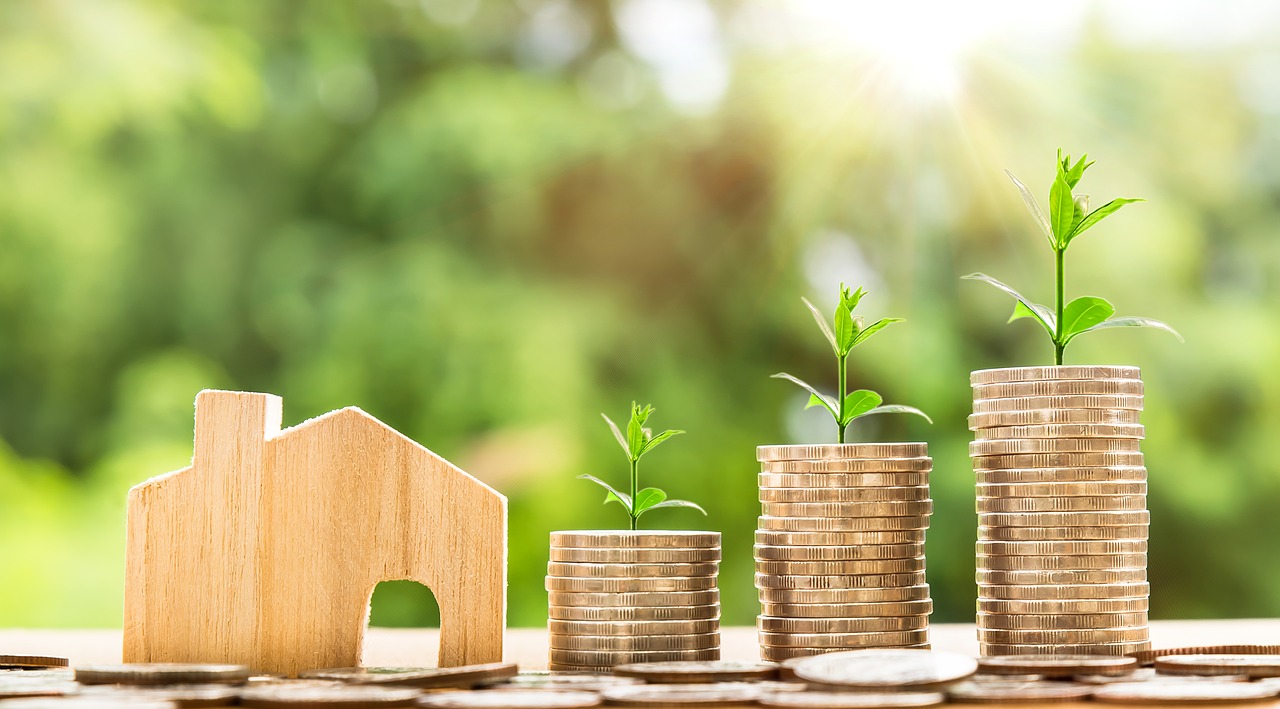Annual house price growth slows for first time in six months as end of stamp duty holiday approaches
Annual house price growth slowed to 6.4%, from 7.3% in December, according to the latest Nationwide House Price index.

Prices were down 0.3% month-on-month, after taking account of seasonal factors while home ownership rates rose for the third year running.
Robert Gardner, Nationwide’s chief economist noted that to a large extent, the slowdown probably reflects a tapering of demand ahead of the end of the stamp duty holiday, which prompted many people considering a house move to bring forward their purchase.
He said: “While the stamp duty holiday is not due to expire until the end of March, activity would be expected to weaken well before that, given that the purchase process typically takes several months.”
Mr Gardner added: “The typical relationship between the housing market and broader economic trends has broken down over the past nine months. This is because many peoples’ housing needs have changed as a direct result of the pandemic, with many opting to move to less densely populated locations or property types, despite the sharp economic slowdown and the uncertain outlook.
“Indeed, the total number of mortgages approved for house purchases in 2020 actually exceeded the number approved in 2019, and house price growth ended 2020 at a six-year high, even though the economy was probably around 10% smaller than at the start of 2020, with the unemployment rate around a percentage point higher.”
Looking ahead, Mr Gardner said that shifts in housing preferences are likely to continue to provide some support for the market. However, he added that if the stamp duty holiday ends as scheduled, and labour market conditions continue to weaken as most analysts expect, housing market activity is likely to slow, perhaps sharply, in the coming months.
The latest English Housing Survey published by the Ministry of Housing, Communities & Local Government (MHCLG) indicated a slight increase in the home ownership rate in 2020, to 64.6% (from 63.8% in 2019). This is the third year in a row that the home ownership rate has increased, though it remains well below its 2003 peak of 70.9%.
Both the number of people owning their home with a mortgage and those owning outright increased compared with a year ago. More than half (54%) of the 15.4 million households in England own their home outright, with the majority (5.2m or 63%) aged 65 or over.
There was also a slight uptick in home ownership rates for those aged 35 to 44 and 55 to 64. The rise in the home ownership rate for those aged 25 to 34 seen in the last couple of years held broadly steady at 41% in 2020.
Conversely, the number of privately rented households fell to 4.4m (from 4.6m in 2019), resulting in a slight decline in the proportion of households that rent privately to 18.7% (from 19.3%).









